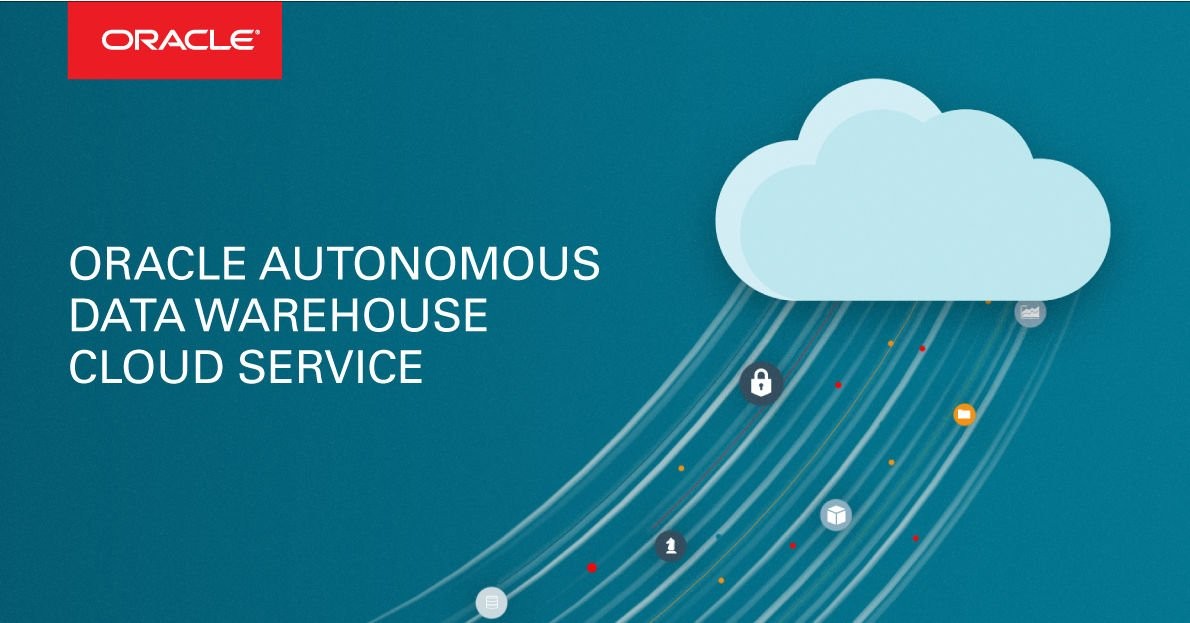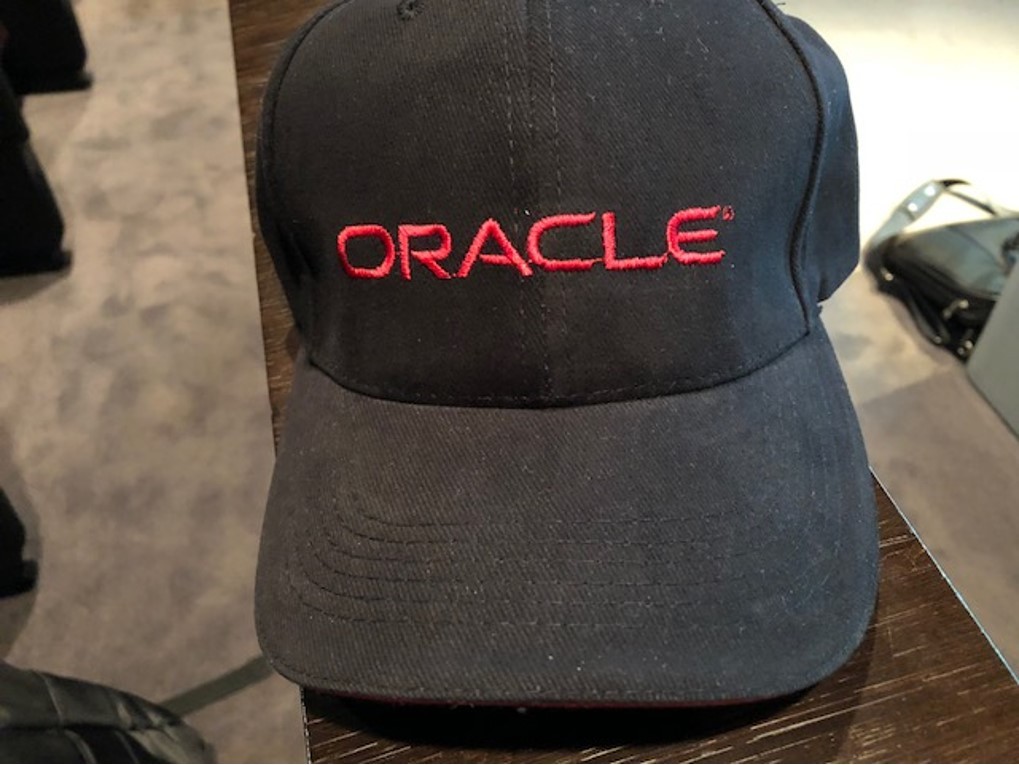Starting with some good sandwiches as dinner, I found myself surrounded with primarily technical people. Not surprising given the topic of this evening: Oracle’s Autonomous Datawarehouse Cloud Service (ADWC). This event was hosted by an Oracle partner called Caesar Experts, an organization working with start-ups to explore the newest technologies. The Oracle autonomous Datawarehouse Cloud Service event was launched in the summer of 2017 by Larry Ellison (CTO, previous CEO of Oracle) himself, and the technology itself has been used by Caesar Experts since half a year to see the capabilities of this technology before offering it to clients (‘eat your own dog food’). The intention of this event, for a special group of interested people (of around 25), was to describe/share their experiences and lessons learned.
Oracle’s Autonomous Datawarehouse Cloud Service
Briefly said, this technology can serve as database management solution when a mid- to enterprise-sized company wants to organize their on-premise databases. This solution organizes the administration and automates processes like configuration, distribution and installing hotfixes, patches and upgrades. Moreover, the technology gives you options to prioritize queries performed on the database: high priority, fastest performance – medium priority, intermediate performance – and low priority, slowest performance. This can be useful for different priorities in database usage.
The administration consists of the Oracle Cloud Management console (management of different clouds), Oracle Service Management console (management of a particular cloud), SQL developer (desktop, incidental upload of data for small databases) and REST APIs (interfaces with external systems). In addition, an analytics module can be connected to ADWC to retrieve insights. It’s even possible as to use a machine learning application on your desktop. Lastly, there are different ways to transfer your data: via a SQL developer connection, a file upload via CSV, and an on-premise database dump that can be synchronized with ADWC.

Presenting the demo case
After Ise (Board member nlOUG ) told us this background information, it was time for Peter (Oracle Consultant / Scrum master Caesar Experts) to present the demo case. Ise and Peter both uploaded retrieved data from a sensor placed on a silo for cattle food provisioning (own data), and weather data from the Dutch KNMI (data from all weather stations in the Netherlands from 1951, about 1,5 GB (external data)). Peter showed the data in an Oracle connected product, called Data Visualization Desktop. The options the application offered already started to look promising, with the main focus on tooling. Further on, Peter tried to show his laptop containing SQL developer and a machine learning library, but this application gave the same error several times. Alongside this demo, they also presented the costs associated with the usage of ADWS. It appears that this solution can be interesting for mid- and enterprise sized companies, containing several databases. The minimum available option is 1TB and 1OCPU (Oracle Computing Processor Unit). Interested? Then calculate the costs yourself on this website.
The Main Lessons Learned
- ADWS is a fast & scalable environment
- the stability of the environment needs some imporvement
- the Data Visualization Desk (DVD) is completely tooling
- the SQL notebook and Oracle Machine Learning (OML) are still niche products and also need improvement
- ADWS can be extended quickly to Oracle Analytics Cloud
- looks like good value for your money
At the end I received an Oracle cap (goodie) for asking the best question. I asked whether it would be possible for the ADWS to automatically increase capacity (OCPU) when the data traffic is heavy, and in addition meet the rules that you have defined (i.e. a specified period).
